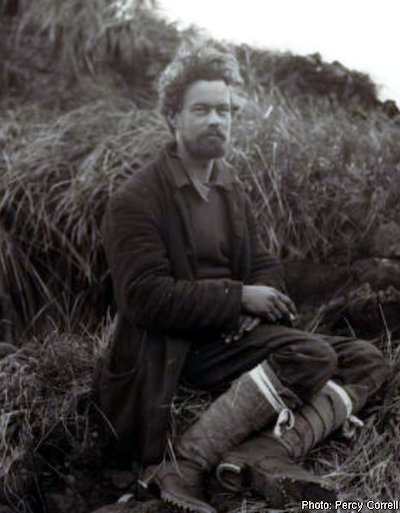Harold Hamilton
AAE position: Biologist
Hamilton was a native of Napier, New Zealand, where he was born in 1885. A graduate of Otago University, Dunedin, he worked on the New Zealand geological survey and collected insect specimens for the Dominion Museum at Wellington before being taken on by Mawson to serve as biologist in the Macquarie Island party.
Like his close companion Leslie Blake, Hamilton enjoyed a rough outdoor life on Macquarie. Macquarie Island’s highest peak is named after Hamilton, marking his service as Blake’s main assistant in mapping the island.
He and Blake lived off the land for much of the time, feeding on fish, eggs and various birds and sheltering from almost-continuous rain in sealers’ huts and even sea caves. When times got tough with delays in delivering supplies during the group’s second year on the island, Hamilton and Blake were able to supplement their land-based diet with fish caught from the party’s boat.
Hamilton is known in New Zealand as the biologist who first described one of the world’s rarest frog species, Leiopelma hamiltoni (named after him). The species is a survivor of an ancient family, and is found on only two small New Zealand islands.
In 1919 Harold Hamilton was on the staff of the Dominion Museum in Wellington, where he remained until 1927. He became the first director of the School of Maori Arts in Rotorua, taking a particular interest in traditional Maori wood-carving. He died in Rotorua in 1937.

